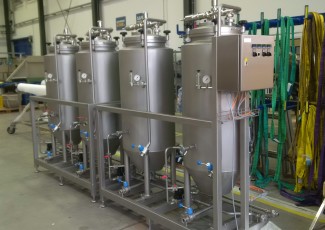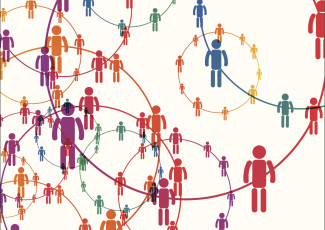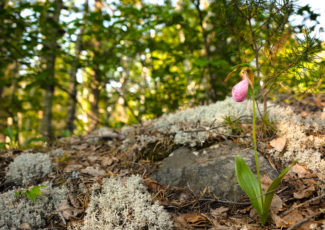College Is a Community Leader in Sustainability Efforts
By Emily Rogan
March 1, 2016
County in Kansas bestows green designation to local businesses, including a college that’s making a difference.
Certified Green Partners in Johnson County, Kansas, might be the obvious types of businesses that are leading and innovating with sustainability in mind, but among the seven groups recognized is the local community college, which has implemented multiple environmentally friendly and energy-saving programs on campus.
“It’s very cool that the county government is looking for ways to recognize businesses and organizations that do good work,” says Jay Antle, executive director of the Center for Sustainability at Johnson County Community College (JCCC). “The award will enable us to have a higher profile as a sharer of best practices; as a community college, it’s part of our inherent role to do that kind of work with other organizations.”
The designation is a first, but there’s nothing new about the sustainability efforts at JCCC. Since the mid-’90s, the college has recycled and composted. The work really took off in 2010, when the college implemented a more robust and innovative strategy.
Working to eliminate waste
The goal: By 2025, eliminate landfill waste by recycling, composting and reusing materials.
The tactics: Under the supervision of Krystal Anton, recycling and waste minimization coordinator, five interns help collect rebates for recycled materials, such as scrap metal and single-stream items. The money goes into a student scholarship fund that has raised more than $130,000 since 2010.
“This year, we’re hitting 50 percent on our recycling and composting rate,” Anton says. There is no waste from the campus kitchen on the preconsumer side, she explains. “We collect all the food from the food-prep areas and have an in-vessel composter. Composted material is used for the 2.5-acre campus farm, which in turn grows produce used in the kitchen. So it’s a closed loop on composting.”
In addition, the interns reach out to campus clubs and organizations to encourage sustainable events and to collect surplus materials around campus, such as three-ring binders and pens. These items are marketed back to people on campus; it helps some departments make their budgets go further. “No one should be buying three-ring binders anytime soon,” Anton says.
Multiple initiatives in play
The award-winning Stormwater Management Project diverts and then filters and cleans runoff water through a constructed treatment system before returning the water back to Indian Creek.
Gallileo’s Pavillion is a 3,000-foot sustainable building on JCCC’s campus that received LEED Platinum certification in 2013 and houses two general-education classrooms and a student lounge. The building — conceived, designed and built by the Master of Architecture program at the University of Kansas — highlights green practices, from the materials used to build it to the energy used to keep it running.
In fact, there’s been aggressive work on energy efficiency at JCCC. “We’ve avoided $3 million of new costs because of energy-efficiency practices,” says Antle. “Use has gone down despite adding buildings to our campus.”
Setting the standard
Last year, Anton says, her team gave more than 600 tours about JCCC’s sustainability work, including to members of the Environmental Protection Agency; politicians; and representatives from other educational institutions. The JCCC community has become the model for integrated sustainability, she says.
Administrative buy-in is key, Antle says. “We had direct support of the previous president to get everything started.”
JCCC students and faculty alike embrace this culture of sustainability on campus. Students requested that the board of trustees impose a $1-per-credit fee to support a fund for sustainability initiatives, Antle says.
Faculty members are encouraged to include sustainability measures in class whenever possible. For example, environmental science classes do waste audits. “They turn the campus into a learning lab,” Antle says.
“If we’re doing this right, students can go around campus to find things to work on,” he adds.








